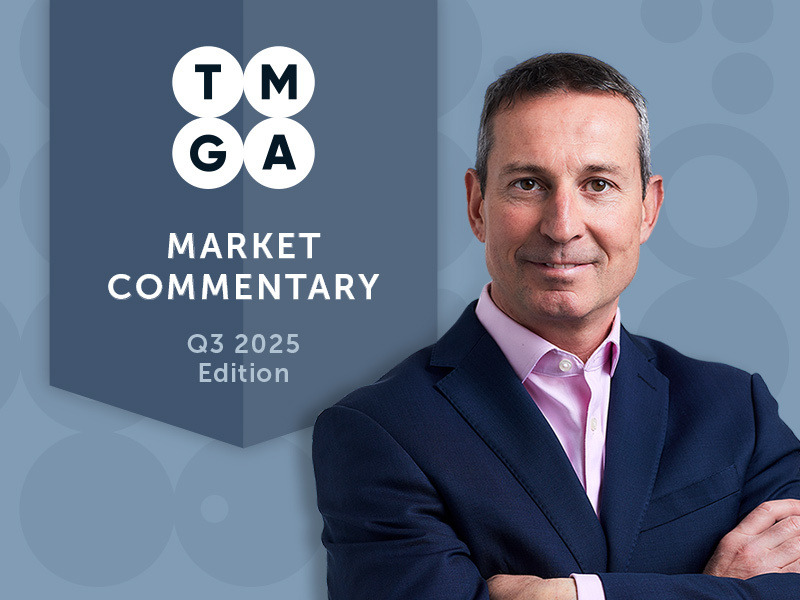

How different is different?
Diversity can have different meanings to different people. The Oxford Dictionary defines the word as “a range of many people or things that are very different from each other”. So, what does being ‘very different from each other’ mean in the context of a board?
At its very core, a board must have a diversity of skills and expertise such as finance, HR, compliance and industry knowledge to collectively discharge its responsibilities. Secondly, a board needs to be able to engage authentically with its key stakeholders, particularly clients, employees and shareholders. Therefore, it’s important that the demographics of the board such as gender, ethnicity and age reflect the demographics of its stakeholders, in order to better serve their needs. Relevant examples in the wealth management industry are the rising wealth of women and the transfer of wealth to the next generation. A board and senior management team with an understanding of these groups can lead and give direction to the business with greater clarity and are more likely to engage stakeholders in an impactful and respectful way. So, as well as ensuring difference of skills and expertise, demographic diversity of the board is equally important.
There is a natural human tendency to seek out information or facts in a way that supports our own beliefs and opinions. Interacting with like-minded people can reinforce this ‘confirmation bias’. Cognitive diversity can be achieved by appointing directors with different life and career experiences as well as different backgrounds.
Different thinking styles
There is another powerful but less tangible aspect of board effectiveness and that is cognitive diversity, or put another way, a board with a variety of thinking styles. There is a natural human tendency to seek out information or facts in a way that supports our own beliefs and opinions. Interacting with like-minded people can reinforce this ‘confirmation bias’. Cognitive diversity can be achieved by appointing directors with different life and career experiences as well as different backgrounds. This helps shape individual attitudes, preferences and approach to analysing and decision making. Directors who individually offer different perspectives in relation to organisational matters promote objective and constructive dialogue. Without cognitive diversity, there is a risk of ‘dominant influence’ or ‘groupthink’ which may lead to complacency, frustration and blind spots, and ultimately judgement error and ineffective stewardship.
The diversity challenge
It is of course easy to write about board diversity and its benefits. However in reality there can be challenges to overcome, both practically and culturally.
At a practical level, small businesses and businesses in specialised sectors with limited available talent pools can find it difficult to achieve diversity. Equally, some boards may lack awareness or find it difficult to prioritise if they are preoccupied with operational matters. Indeed, in exceptional cases, an organisation may need a specific board composition at a point in time to steer the business through particular circumstances.
Diversity alone is not enough – it must be supported by an inclusive board culture where all directors feel secure to voice contrary opinions and perspectives without the risk of fellow directors feeling threatened. Achieving this level of trust amongst a diverse set of board members takes time and commitment.
Harnessing the power of diversity
Diversity, in all its dimensions, should be firmly on the agenda of every board, with an ongoing commitment to achieving meaningful progress.
With this in mind, a board should regularly evaluate the following. Firstly, at its core, does it have the right skills and expertise to discharge its responsibilities? Then, does it authentically weave diversity into its composition by reflecting the demographics of its key stakeholders; does it benefit from different thinking styles and does it promote an inclusive culture to allow voices to be heard and viewpoints to be constructively challenged?
Only through this regular evaluation and commitment can a board truly harness the power of diversity to the benefit of all its stakeholders.




